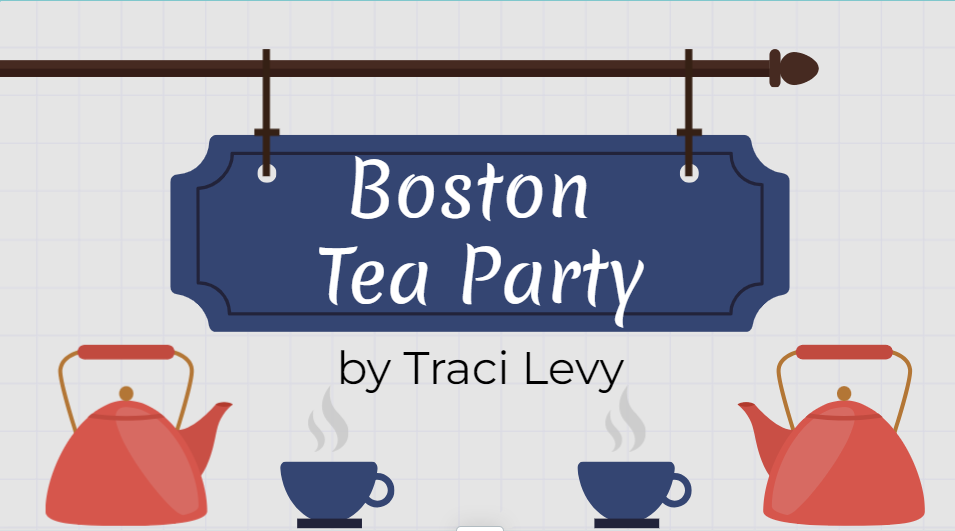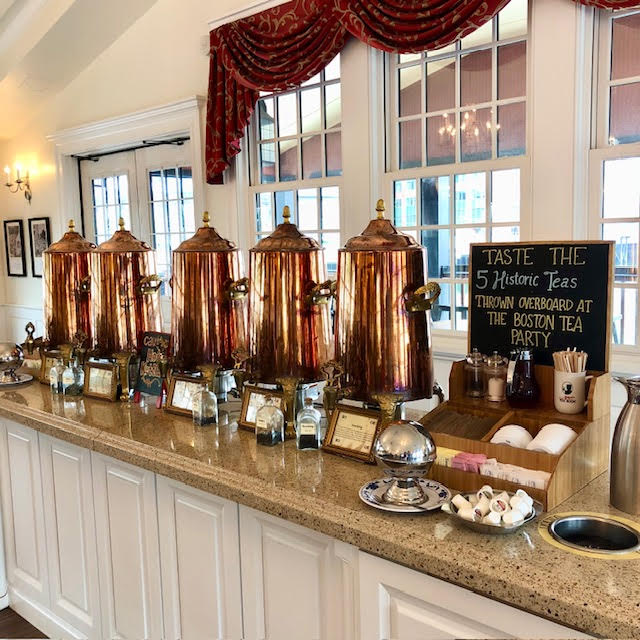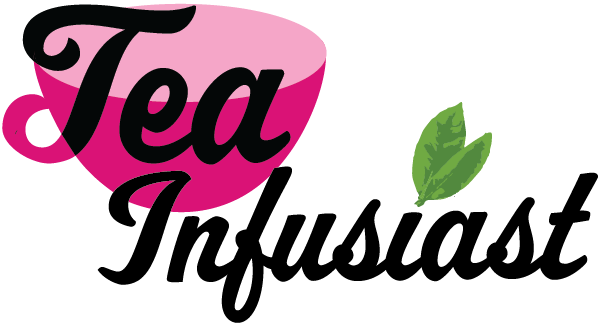This post on the why, what, and when of the Boston Tea Party is an update of my first blog post, chosen to go live on the anniversary of the Boston Tea Party in December 2020. Since I have some new ways to format and share information, I thought I would update that original post here!

This post explores:
- Why spill the TEA? In other words, why did tea become the target of the colonists’ anger?
- Why were the people involved unable to avert the crisis that led to destroying all that tea?
- What kind of tea did the colonists throw overboard?
- When and why did the name of the historical event change to what we use now?
You can find answers to these questions and more, if you read on about the Boston Tea Party. Huzzah!
On December 16, 1773, an organized and infuriated group of Bostonians were joined by some impromptu enthusiasts. They were furious at the British and the people the British chose to sell tea in the colonies. Together, this angry group boarded several ships, hacked open hundreds of chests of tea, and threw the tea into Boston Harbor.
Why Spill the TEA?

Tea became such a flashpoint in Boston in the early 1770s because of the actions of Great Britain. The colonists resented the taxation and restrictions on their internal commerce and increasingly associated it with an assault on their freedom.
First, Great Britain imposed a bevy of new taxes on internal business matters conducted within the American colonies. When the colonists reacted very negatively to the taxes, Britain revoked most of them–except tea.
Then, the crown gave the British East India Company exclusive rights to sell tea in the colonies. They also restricted who could even bid on the tea to sell in the American colonies, making it necessary to be chosen to bid. Thus, to many Bostonians, tea came to symbolize the unjust treatment of the colonists.
Why Wasn’t the Crisis Averted?
In his book The Boston Tea Party, Robert Allison (2007) shares several factors that compounded the crisis.
Massachusetts Governor Hutchinson wouldn’t negotiate, nor would the men chosen as consignees for the tea.

Given the robust legacy of organizing in Boston–particularly that the Sons of Liberty originated there–the governor’s rigidity and the consignees’ refusal inflamed the Sons of Liberty. It was a volatile mix.
What Tea Did the Colonists Destroy?
Hundreds of chests of five different kinds of tea were destroyed. The crowd hacked open the chests. They wanted to make sure the tea would be ruined when they threw the chests overboard.

They destroyed five different kinds of tea according to the Boston Tea Party Ships & Museum.
The colonists destroyed three different kinds of black tea–Bohea, Congou, and Souchong.
They also destroyed two different kinds of green tea–Hyson and Singlo.

Renewed Interest in This Historical Event
You may be surprised to learn that in 1773, and for decades afterwards, the events of December 16, 1773 were known as “The Destruction of the Tea.” There’s no evidence that it was called the “Boston Tea Party” before the 1830s!
After the Revolutionary War, you can probably understand why the young government would be interested in citizens that honored the laws of the [new] government.
But around 1830, there was renewed interest in remembering the events that built up to the Revolutionary War (Young 1999). As war heroes aged and started dying in larger numbers, people started reminiscing about the fight for independence.

Also, new radical labor and abolition movements were organizing. Some of these activists likely felt inspired by the spirited actions of the angry colonists to take a stance against policies they found objectionable.
Why Was the “Destruction” Renamed a “Party?”
While we don’t know for sure why the events that were first called the “Destruction of the Tea” came to be known as the “Boston Tea Party,” some scholars have shared a few ideas.
In his book, The Shoemaker and the Tea Party, Alfred Young floats three reasons for the new name sticking. First, referring to a historical revolutionary event as something as banal as a “tea party” could be read as funny in that time period. And, it is a kind of parody of the upper class practice of throwing tea parties, predominantly hosted and attended by women of the time period.
With the passage of time and the firmer establishment of the “new” American government, the switch in name could reflect the greater ease with recalling this event.
Favorite Boston Tea Party Fact
I hope this post helped you better understand the Boston Tea Party.
What fact or idea most surprised you? Do you have a favorite Boston Tea Party fact that I left out? Since books have been written about this event, I’m sure I did. I invite you to share in the comments.
References
Allison, Robert. 2007. The Boston Tea Party. Commonwealth Edition (Applewood Books).
Boston Tea Party Ships & Museum, “Types of Tea Destroyed at the Boston Tea Party,” Accessed 12/14/23.
Young, Alfred F, 1999. The Shoemaker and the Tea Party. Beacon Press.
